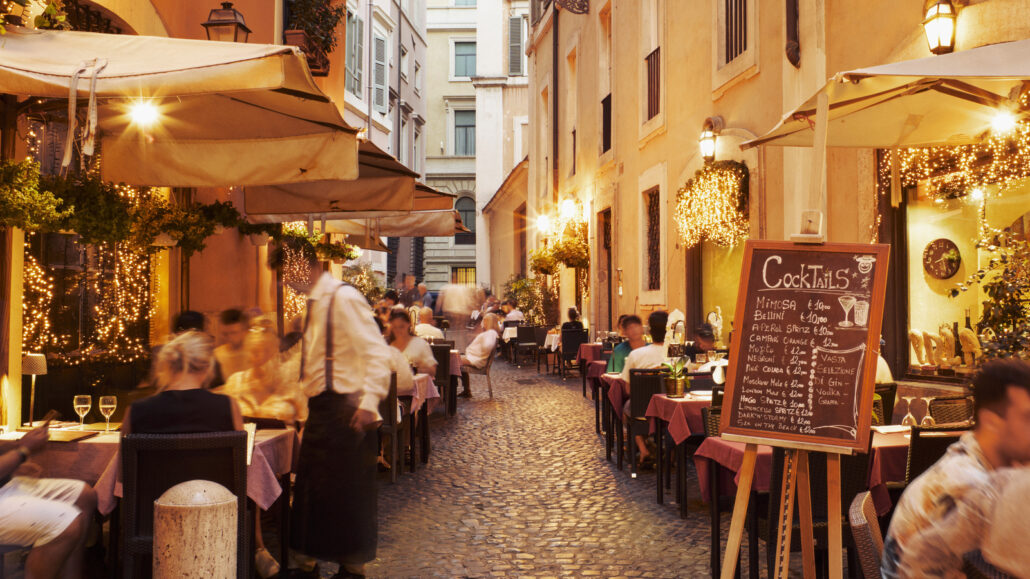Has a virus dissembled Judaism? Social distancing has confounded the traditional prayer protocol of a prayer minyan. Life cycle gatherings are restricted or postponed. Shabbat observance embraced the electronic information age. While the changes are significant, Judaism’s essence not only persists but may shine more brightly.
Judaism is the oft-changing religion. When confronted with its undoing, Judaism morphs into a better version of itself.
The first Jewish paradigm was land-based, focused on a promised land with a holy temple at its epicenter. With the Roman destruction of an independent Jewish nation in the first and second centuries, CE came the ascendance of rabbinic Judaism. The priestly cult of the Temple cult was replaced. The second paradigm redesigned Judaism around rituals of time – daily prayer, weekly rest, seasonal holidays, and life cycle events.
Many theologians and religious leaders have predicted a third Jewish paradigm. Its’ focus is on the soul from where significance and purpose. The poignancy comes from focusing on values and morality.
We desire connection but can’t congregate physically, so we move to virtual formats. Legitimate prayer services are held on Facebook. Even a funeral or shiva minyan can bring comfort while on Zoom. The essence of a gathering is in the connection even if cybernetic. What is unacceptable in this time is a close gathering of community, such as for funeral services.
We crave a meaningful community but must stay separate, so we focus on the purpose of our activity. For example, B’nai mitzvah remains significant even when the participants are in their respective homes, with the rabbi in his study and the bat mitzvah in her living room. The principle is achieved by marking the entry into adulthood. Profane at this time is a large celebratory party.
We value the time-out from work but are constrained in how we share the oneg/delight of the day. So we learn to reprogram around refreshing our souls. Shabbat for the next Judaism might focus more on what is gained from a work respite more than what tasks are prohibited. What is unholy now is to gather ten men into a small prayer space. True prayers rise whether or not emanating from within synagogue walls.
The upshot is that this time should be a testament to the interminable values espoused by our religion. In this week’s Torah reading, Tzav, we learn at Leviticus 6:6 that a perpetual fire shall be kept burning on the altar and shall not go out.
אֵ֗שׁ תָּמִ֛יד תּוּקַ֥ד עַל־הַמִּזְבֵּ֖חַ לֹ֥א תִכְבֶֽה
The offerings change, from bulls to birds to bread, but the fire is eternal. This seems to me to be symbolic of the essence of Judaism. Whether the offerings are animals sacrificed, timely observances, or soulful expressions of divine connection, the Divine fire that consumes offerings can continue to blaze. The offerings must be in service of the highest good for all people.
The eternal fire burns because we keep it lit. By virtue of sustaining that fire, divine energy continues to flow through us. Our obligation is to keep that fire burning forever as a testament to an authentic relationship with God. To do so in Judaism 3.0, we will focus on our values and bring meaningful offerings from sources in our souls.
R’ Evan Krame




